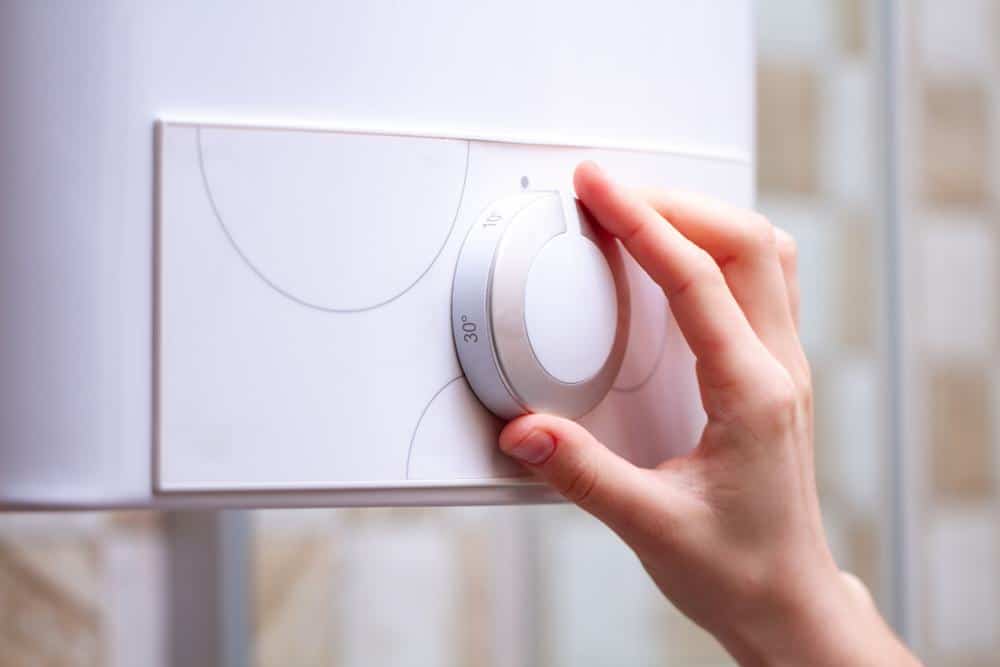
Water heaters are a crucial part of our homes, providing us with hot water for cooking, cleaning, and bathing. But have you ever wondered, “How long can water sit in a water heater?” It’s a question few of us consider until we are faced with a situation where our water heater has been left unused for an extended period.
Water can technically sit in a water heater indefinitely. However, allowing it to sit unused for long periods can lead to bacterial growth, sediment buildup, and reduced heater efficiency. To maintain the quality of the water and the lifespan of the heater, it’s recommended to flush the tank at least once a year and drain the tank if it’s going to be unused for an extended period.
The Basics
Water can sit in a water heater indefinitely. However, it’s not recommended to leave it unused for a long time due to several factors. These factors can affect the quality and safety of the water and the efficiency and lifespan of the heater.
The Risks of Stagnant Water
If the water heater is left unused for a long time, there’s a risk of bacterial growth, such as Legionella, which can cause Legionnaires’ disease. Moreover, sediment can build up at the bottom of the tank, affecting the heater’s efficiency and lifespan.
Maintaining Your Water Heater
To maintain the water heater’s efficiency and safety, it’s recommended to flush the tank at least once a year. Flushing helps remove sediment buildup and ensures that the heater operates optimally. If the water heater is going to be unused for an extended period, it’s advisable to drain the tank and shut off the gas valve or power supply. This can help prevent potential issues with the heater and maintain the quality of the water.
Water Heater Types and Their Impact
The type or model of a water heater can affect how long water can safely sit in it. Traditional tank water heaters store hot water in a tank, which can lead to water sitting for longer periods, especially if the heater is not used frequently. This can potentially affect the water quality and safety. On the other hand, tankless water heaters, also known as demand-type or instantaneous water heaters, provide hot water only as it is needed, without the use of a storage tank. This means that water does not sit in the heater for extended periods, reducing the risk of bacterial growth or other issues related to stagnant water.
Temperature Settings and Their Influence
The temperature settings on a water heater can influence the duration water can sit in it by affecting bacterial growth, energy consumption, and the risk of scalding. It is generally recommended to set the temperature between 120°F and 140°F to balance these factors.
Signs of Stagnant Water
There are a few signs that may indicate water has been sitting in a water heater for an extended period. These include foul smells, inconsistent water temperature, discolored or rusty water, and lukewarm water.
Conclusion
In summary, while water can sit in a water heater for an extended period, it’s essential to perform regular maintenance and flush the tank to ensure the heater’s efficiency and safety. If the heater is going to be unused for a long time, consider draining the tank and shutting off the power supply to prevent potential issues.
By following these guidelines, you can prolong the lifespan of your water heater, ensure the safety of your water, and save on energy costs.
Frequently Asked Questions
How do I flush my water heater?
Flushing a water heater involves draining the tank, which can be done by following these steps: 1. Turn off the gas or electricity supply to the heater. 2. Connect a garden hose to the drain valve at the bottom of the tank. 3. Open the drain valve and allow the water to flow out until it runs clear. 4. Close the drain valve and disconnect the hose. 5. Turn on the gas or electricity supply to the heater.
How often should I replace my water heater?
The lifespan of a water heater can vary depending on its type, usage, and maintenance. However, traditional tank water heaters typically last between 8 to 12 years, while tankless water heaters can last up to 20 years. It’s recommended to start considering a replacement if your water heater is reaching the end of its average lifespan and is showing signs of malfunction, such as inconsistent water temperature or leaks.
What is the ideal temperature setting for my water heater?
The ideal temperature setting for a water heater is typically between 120°F and 140°F. Setting the temperature at 120°F can help minimize energy consumption and reduce the risk of scalding, while setting it at 140°F can help kill bacteria and other microorganisms. However, a higher temperature setting may increase the risk of scalding and energy consumption.
What should I do if I notice signs of stagnant water in my water heater?
If you notice signs of stagnant water, such as foul smells, inconsistent water temperature, discolored or rusty water, and lukewarm water, it’s recommended to flush the tank to remove any sediment buildup. If the symptoms persist, it may be necessary to consult a professional for a thorough inspection and possible repairs or replacement.











